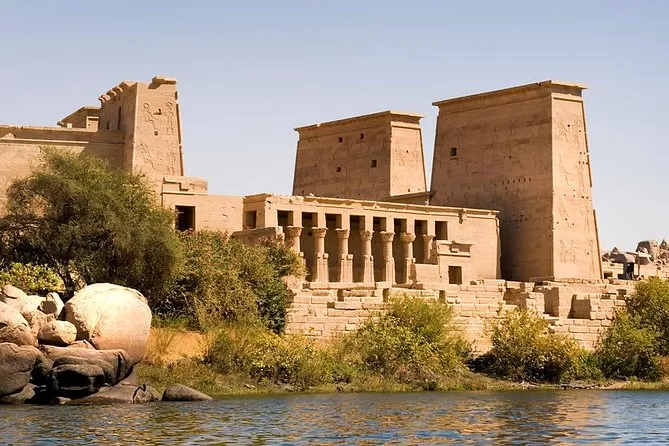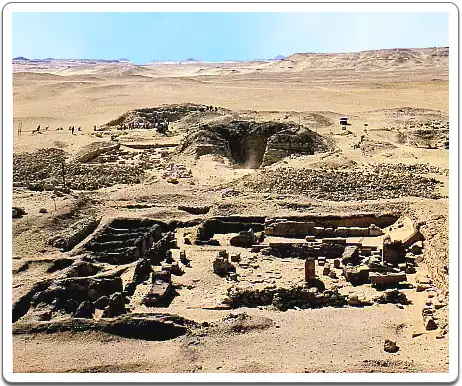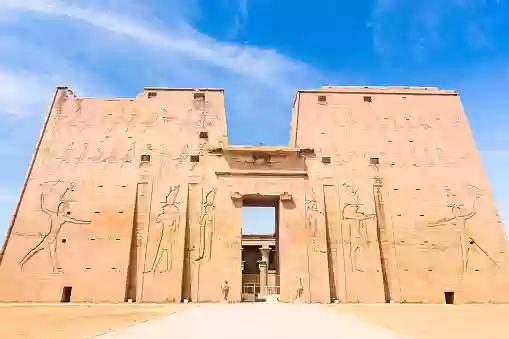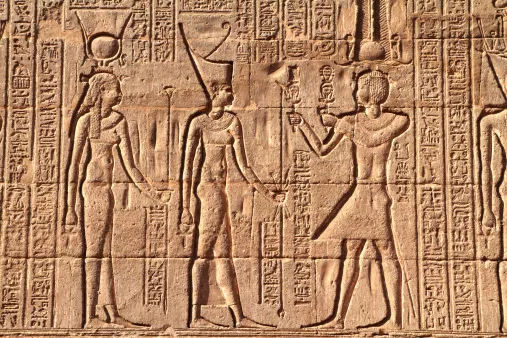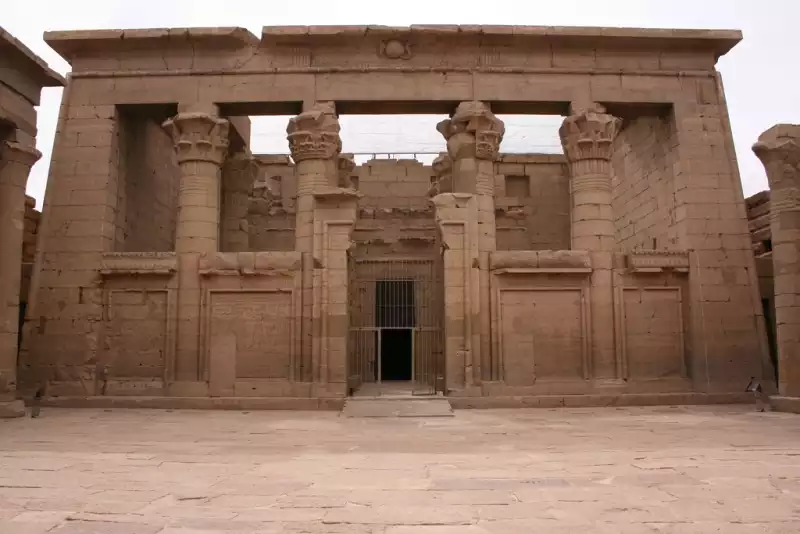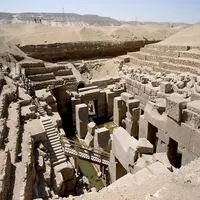Discovering the Ancient Marvel: The Temple of Amada in Nubia

The Historical Significance
The Temple of Amada bears the distinction of being the oldest surviving monument in Nubia. Its construction is attributed to the 18th Dynasty pharaohs Thutmose III and his son Amenhotep II. The temple was dedicated to the gods Amun-Ra and Re-Horakhty, reflecting the deep-seated religious fervor of the pharaohs.
The Temple's Location: A Journey Through Time
Positioned on the eastern bank of the Nile, approximately 180 kilometers south of Aswan, the Temple of Amada offers an alluring sense of discovery for visitors. Its secluded location, far from the hustle and bustle of city life, adds an extra layer of intrigue to its ancient charm.
Architectural Brilliance of the Temple
The Temple of Amada, despite its modest size, leaves a lasting impression on visitors with its architectural splendor and well-preserved structures. The sandstone temple boasts intricately designed systems, including a grand hall, a sacred sanctuary, and a tranquil courtyard.
The Grand Hall
As you step into the temple through the grand entrance, you are welcomed by the Great Hall. Here, colossal columns and soaring ceilings grab your attention. The vibrant colors still adorn the walls are a testament to the exquisite craftsmanship of the ancient Egyptian workers.
The Sanctuary
At the heart of the Temple of Amada lies the sacred sanctuary. This was once the abode for the statues of the gods Amun-Ra and Re-Horakhty. The spiritual ambiance of the space offers a glimpse into the temple's religious significance.
The Courtyard
The temple also features a tranquil courtyard surrounded by colonnades and statues. The serenity of the surroundings transports you back in time, allowing you to envision the bustling activities that once took place in this vibrant space.
Historic Inscriptions: Unveiling Stories of the Past
The Temple of Amada is also remarkable for its historical inscriptions. Two critical historical notes can be found within the temple. The first inscription, carved on a stele on the left (north) side of the entrance, narrates the unsuccessful Libyan invasion of Egypt in 1209 BC during the reign of Pharaoh Merenptah. The other inscription, located on the back wall of the sanctuary, details Amenhotep II's military campaign in Palestine in 1424 BC. Both notes impressed the Nubians with the futility of political opposition against the mighty Egyptians.
The Christian Influence
Interestingly, the Temple of Amada also bears traces of Christian influence. In the early Christian era, the temple was transformed into a church. The Christian occupants added their modifications, inadvertently causing some damage to the original structure. However, when these early Christians plastered over many of the reliefs, they preserved many of them, resulting in some of the finest remaining depictions in any Nubian temple.
Relocation: A Monumental Endeavor
Over the years, the Temple of Amada has undergone significant changes, including a monumental relocation. In the 1960s, due to the construction of the Aswan High Dam and the resultant rise of Lake Nasser, the temple, along with other nearby monuments, was moved from its original location to a new site about 2.5 kilometers away and 65 meters higher. This mammoth task was executed to prevent the temple from being submerged under the rising waters of Lake Nasser. This successful relocation effort has ensured the preservation of the Temple of Amada for future generations.
Enhance Your Experience with Guided Tours
To fully appreciate the historical and cultural richness of Amanda Temple, consider opting for a guided tour. Knowledgeable local guides assist in decoding the intricate hieroglyphs, narrate fascinating stories, and provide insights into the temple's history, enhancing the overall visitor experience. Immerse yourself in this ancient marvel's captivating allure and relive the bygone era's grandeur.
In Summary
The Temple of Amada, with its ancient roots and historical significance, presents a unique blend of architectural brilliance, religious fervor, and captivating tales of ancient Egyptian civilization. This temple, though small, offers an enriching journey back in time, making it a must-visit for history enthusiasts and curious travelers alike. Discover the Temple of Amada – a hidden gem in Nubia, a testament to the grandeur of ancient Egypt, and a remarkable monument that continues to stand the test of time.


